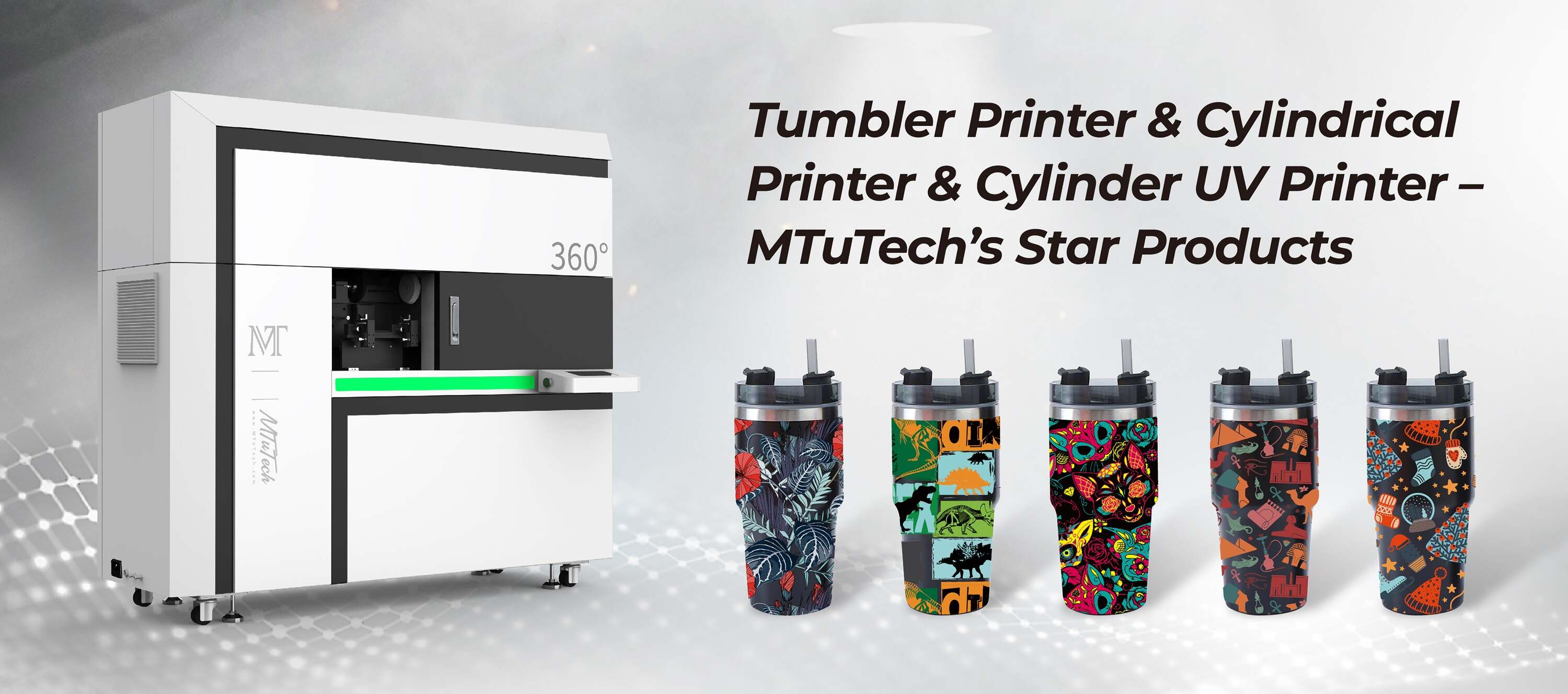Beginner Tumbler Printing Mistakes and How to Fix Them
Introduction
If you're new to tumbler printing, you’re probably excited to start producing beautiful custom drinkware. But even with a top-notch tumbler printer, beginners often face unexpected hurdles that impact print quality, durability, or customer satisfaction. Don’t worry—mistakes are part of the learning curve. This blog walks you through the most common beginner tumbler printing mistakes and how to fix or avoid them.
1. Not Prepping the Tumbler Surface Properly
- Residue, oil, or dust can prevent ink adhesion
- Always clean the surface with isopropyl alcohol before printing
- Use gloves to prevent oils from your hands transferring onto the surface
2. Ignoring White Ink and Underbase Settings
- Printing on colored or metallic tumblers without white ink results in dull colors
- Use white ink as a base layer to enhance vibrancy and contrast
- Adjust white ink density in RIP software to suit the material
3. Overcomplicating Design Layouts
- Complex designs often wrap poorly or misalign on curved surfaces
- Use templates and mockups to check seam placement and alignment
- Keep beginner designs simple, clean, and readable from all angles
4. Skipping Test Prints
- Always print on scrap or sample tumblers before committing to full orders
- Test for ink coverage, placement, curing, and white layer alignment
- Document successful settings for future reference
5. Using Low-Resolution Artwork
- Tumbler printers work best with 300 DPI images in CMYK color mode
- Avoid screenshots, compressed files, or images from the internet
- Use vector files for logos and text-heavy designs when possible
6. Misunderstanding Curing Times
- Under-cured prints can smudge or peel, while over-curing can cause cracking
- Adjust UV lamp intensity and speed based on the tumbler’s material
- Always let prints cool before stacking or packaging
7. Not Using the Right Jig or Fixture
- Tumblers need to be held tightly in place for accurate rotation
- Loose jigs result in misalignment or ghosting
- Invest in adjustable or product-specific fixtures for best results
8. Rushing Production Without Quality Control
- Inspect each tumbler for defects before shipping
- Add a final cleaning and inspection step to your workflow
- Build in time for reprints, especially when handling bulk orders
Conclusion
Mistakes are natural when you're starting out—but every misstep is an opportunity to improve. By understanding and fixing these beginner tumbler printing mistakes, you’ll save money, time, and customer frustration. Stick with it, refine your workflow, and you’ll soon be producing professional-grade tumblers that your customers love.
Avoid beginner blunders with our precision-aligned tumbler printer — built to support flawless printing and easy operation for every skill level.

